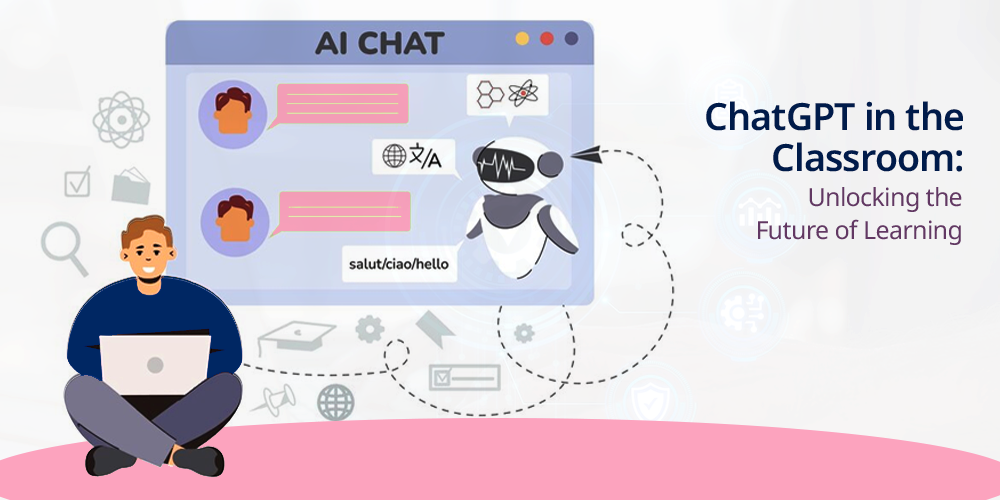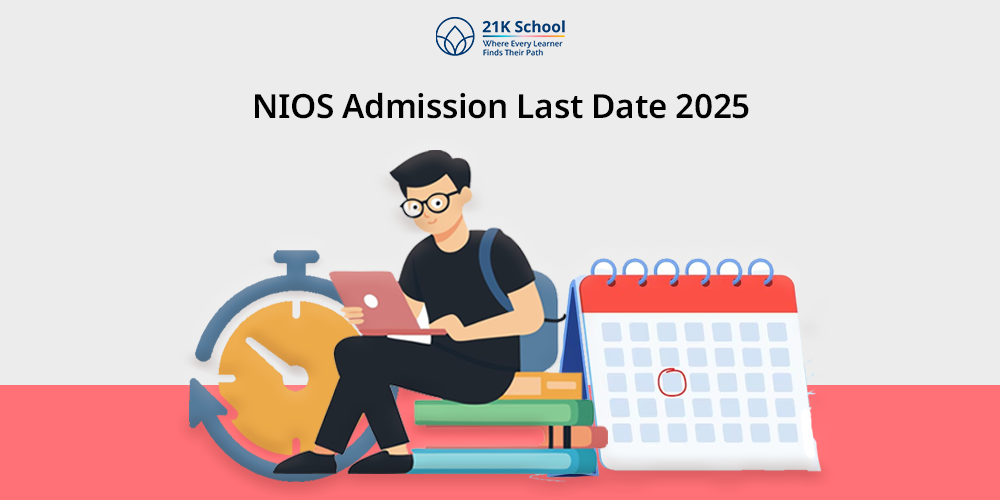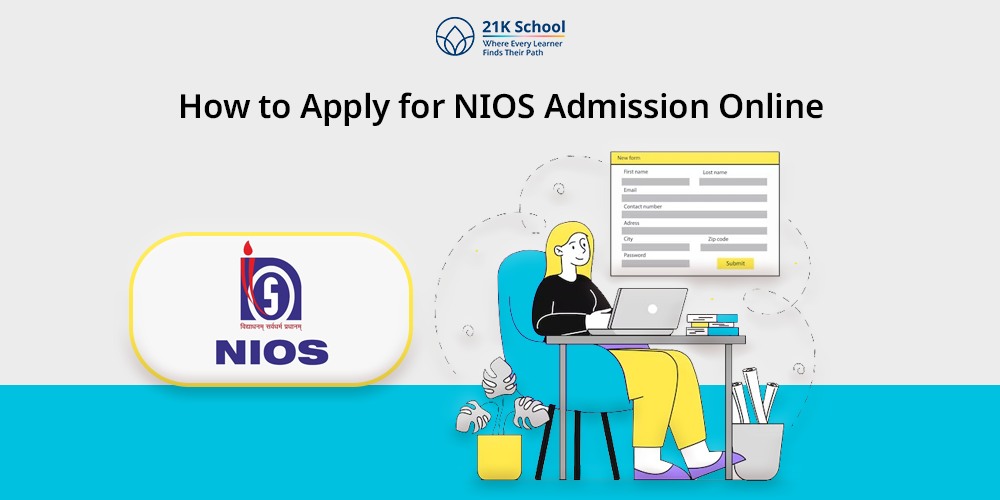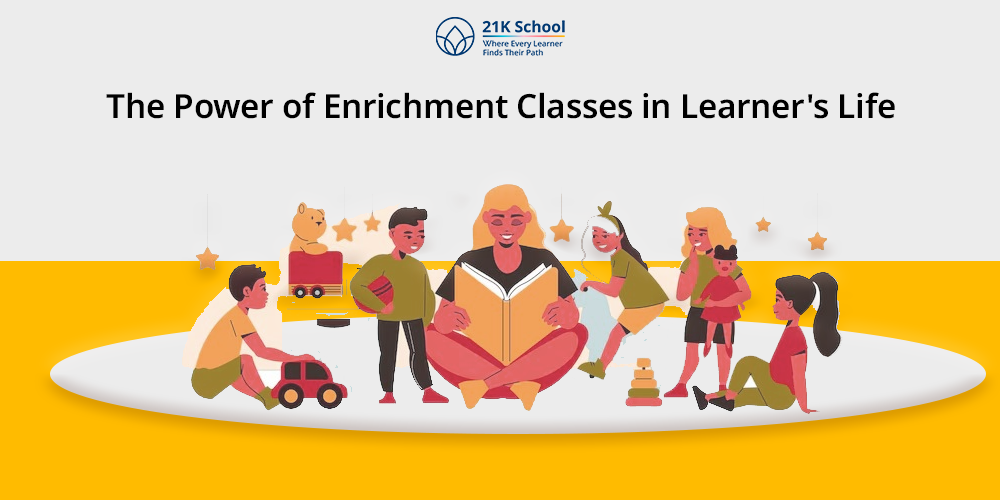
In recent years AI has revolutionised its ways through various industries where it has also come into the education industry teaching students a lot of various versions of things that are to be known and it also makes resources very accessible for students.
Considering all these enhancements that AI has done for students are : helping them in making notes, getting research done for them, providing them with previous year questions and no doubt AI platforms like ChatGPT also helps students in scholarships and college hunts for higher studies.
ChatGPT has come out to be one of the most notable and empowered tools for such things where this opens new doors for teaching methodologies and learning experience for both teachers and students making the classroom a well suited place for learning.
Contents
10 Ways to Use ChatGPT in Your Classroom
1. Personalized Learning Support:
ChatGPT helps students in personalizing the learnings for them and supporting them by acting as a virtual tutor where it provides explanation and assistance to students based on their learning style and ensures that it matches their pace.
2. Enhancing Writing Skills:
ChatGPT also helps students in brainstorming ideas for their reference in learning journey— supporting at every step from classroom activities to exams to higher studies.
It also helps them in developing outlines for their work and refining their essays or creative writing pieces. It can do everything for a student and make their learning journey fun and interactive.
3. Language Learning:
ChatGPT helps students in learning new languages and practicing it by acting as a virtual friend with whom you can talk in approximately all the available languages.
By engaging in conversation and translating text students can learn basic grammar rules and make the best out of their learning practices for any language worldwide.
4. Interactive Lessons:
ChatGPT can also help teachers at various points of their life when teaching in a classroom environment where it can integrate AI to their interactive lesson planning and create engaging content for them which can lead to discussion and engagement activities in the classroom making it a fun way of teaching.
5. Homework Assistance:
ChatGPT can help students in homework assistance where it can provide a step by step solution and explanation for all the complex homework that a student receives and ultimately those problem solving can help them without giving them answers directly.
Basically in this case ChatGPT acts as an AI integrated mentor for learning beyond the classroom.
6. Project Guidance:
AI can help students in their group project by acting as a guide for them. It can help them in gathering ideas for their project and can also teach them to organise tasks enjoying a comprehensive research behind the project that they are caring about.
ChatGPT can also help students in their science projects based on various topics like : renewable energy projects.
7. Exam Preparation:
ChatGPT helps students in their exam preparation as it generates quizzes, practice questions, and flashcards to help students revise effectively, from all the courses that have been taught in the classrooms.
It also helps them in analysing the previous year questions and exam patterns to know things better..
8. STEM Education Support:
ChatGPT helps educators and simplify difficult concepts for students especially when it comes to STEM concepts.
This helps them make it more accessible for learners of all levels and creates an easy way out for students to navigate to complex topics making it easier for them to understand and learn.
9. Fostering Critical Thinking:
Now as far as teaching is concerned it helps teachers in stimulating discussion and debate ideas in the classroom which helps them in creating a more effective and systematic process for them to encourage students to participate in it and analyse different perspectives based on the activities that take place.
10. Real-time Feedback:
Teachers can use ChatGPT to its maximum potential. It can provide immediate feedback on students’ work — as a form of constructive feedback, ensuring they understand their strengths and highlighting the areas for improvement for them.
This whole process of constructive feedback helps teachers and students to know the situation and analyse the learning process better.
Applications of ChatGPT in the Classroom
1. Enhancing Learning Experiences
ChatGPT transforms the educational journey for students as it helps them in curating a tailored content for students.
It is a rigorous process of imparting education to students but helps in ensuring that the traditional learning environment meets the modernisation in its best form.
Consider an example where teachers can modify their lesson plans and everyday teaching lessons content as per every student based on their abilities and their preferences ensuring inclusivity in every form — these interactive conversations, engaging classroom environment and the drastic shift of conversion can make the learning environment very dynamic and engaging, encouraging students to participate more actively.
AI is transforming the world for the better. The future awaits with a lot of hope, structured guidance and technological advancements to know more about the Future of Artificial Intelligence in Education.
2. Supporting Teachers
ChatGPT supports teachers in juggling between multiple responsibilities from lesson planning to grading ChatGPT can do everything.
It eases the workload for teachers by automating the routine task and making things easier for them by taking care of tasks like creating lesson materials, checking assignments, answering students’ most frequently asked questions and tracking their performance with attendance.
3. Promoting Creativity
ChatGPT also helps students in inspiring them by promoting creativity.
Creativity resides in the heart of education which allows students to think outside the box and come up with new ideas for every project and every storytelling assignment.
It seems like a very small aspect in learning journeys but it also helps them in brainstorming ideas for scientific work and craft work where an AI can serve as a creative partner for them.
4. Bridging Knowledge Gaps
ChatGPT helps students from diverse backgrounds to work together by bridging knowledge gaps between them, helping them based on their varying levels of knowledge.
These gaps that are bridged by ChatGPT help students by offering supplementary learning resources to them and providing clarification for every required concept ensuring that no student ever feels left behind.
5. Accessibility in Education
Makes education more accessible for students regardless of their identity and belongingness specially in the case of special education platforms like ChatGPT help students with disability.
Read this blog on : Exploring the Role of AI in Special Education to know things better.
For example, visually impaired students can use features like voice to text and learn effectively without any difficulties and problems coming their way.
They can overcome all of their classroom challenges and benefit from those simplified explanations that only a technology driven mentor can do for them even for the 100th time of clarification and doubt clearance.
Benefits of ChatGPT in the Classroom
There are many benefits to ChatGPT especially when it comes to the classroom it helps students as per their needs and preference which clearly creates a customised learning experience for every one in a very systematically planned environment.
Some of the major benefits included are:
- Personalization
- Engagement
- Efficiency
- 24/7 Availability
- Cost-effective Solutions
- Improved Outcomes
These benefits contribute toward the engagement and efficiency of the overall learning environment where a student is more conversational and interactive when the subject matter is as per their preference.
Similarly a teacher is more focused with teaching and mentoring when the repetitive tasks are automated.
Unlikely the traditional teaching methodology, ChatGPT is available at all times enabling students to learn even outside their classroom.
ChatGPT has also come up as a cost effective solution to traditional teaching methodology where apart from being a versatile tool, it also reduces the cost involved in the learning journey.
To understand this better read this blog comparing the : Benefits and Risks of ChatGPT for Education
Conclusion
ChatGPT is revolutionising the world at a very fast pace and it is also affecting the education industry in a very positive manner where its application and integration can personalize the entire learning journey for a student.
This personalization can act as an invaluable tool in the modern classroom environment.
How it can come across with some challenges like accuracy and lack of human interaction can make it difficult for its integration and can harm its authenticity and reliability.
But we cannot neglect the fact that it is a valuable asset to the industry and it can highlight the areas of improvement for a student which is a very solid form of constructive feedback for them.
By integrating ChatGPT why easily and leveraging it to its best potential educators can unlock a future of learning by creating an inclusive education environment which is engaging and effective at the same time.



